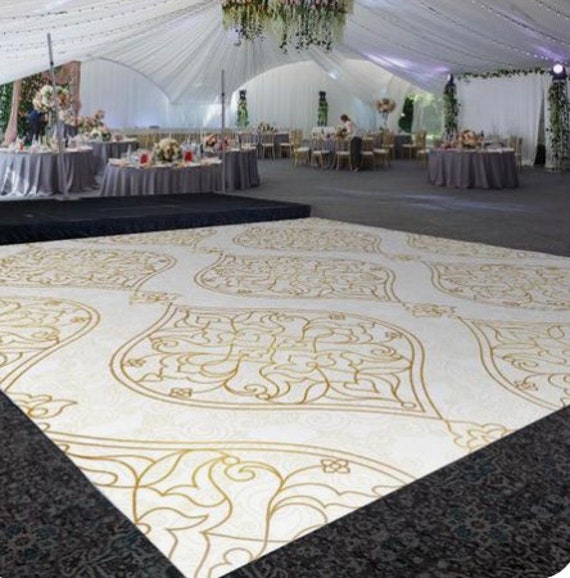Selecting the right materials for building a long-lasting and secure external performance surface is essential for guaranteeing an pleasurable session. Exterior movement platforms must endure diverse climate elements while providing a stable surface for performers and participants. Therefore, it is essential to consider factors such as material durability, safety features, and maintenance demands when making selections. This article will explore several suitable materials and their advantages in creating an outdoor dance floor.
One popular option for exterior dance floors is timber. Lumber offers a traditional and inviting aesthetic that many find appealing. Hardwoods like maple or oak are particularly favored due to their durability and ability to cushion shock, which can safeguard dancers’ ligaments. Additionally, timber has inherent anti-slip qualities when treated correctly, minimizing the risk of accidents. However, maintaining a wooden dance floor demands routine coating and refinishing to protect it from moisture and UV exposure, making it essential to consider the environment in which the floor will be installed.

Another practical alternative is synthetic composites, which blend wood fibers with polymers. These composites are engineered to be resistant to humidity, mildew, and fading from UV exposure. Composite dance floors offer durability comparable to conventional wood without the intensive upkeep. They are less susceptible to warping and splitting than wooden floors when subjected to extreme environmental conditions. Furthermore, composite surfaces often have integrated you could try here anti-slip features, making them a safer choice for open-air events.
For those seeking a more modern solution, modular tiles made of polyvinyl chloride or elastomer are excellent alternatives. These tiles are designed for easy setup and can be reconfigured or swapped as needed. The flexibility of using interlocking tiles allows for quick setup and disassembly, making them suitable for short-term dance venues or gatherings. Additionally, these materials provide shock absorption that improves comfort while dancing and minimizes the risk of injuries caused by falls. The sealed structure of PVC and rubber also inhibits water penetration, additionally extending the lifespan of the flooring.
Finally, it is crucial Go Here to evaluate the site and planned function of the exterior dance floor when choosing materials. For instance, if the dance floor will be situated in a high-traffic area or exposed to inclement weather frequently, choosing robust materials that require low upkeep will be important. On the other hand, for lighter use or in more sheltered areas, less heavy options may be adequate. In any case, emphasizing safety aspects such as traction and shock absorption should remain at the forefront of planning.
In conclusion, building a durable and safe outdoor dance floor involves careful consideration of various materials suited for different environments and purposes. Wood offers timeless aesthetics but demands diligent maintenance; composite materials balance appearance with durability; modular flooring provide versatility and ease of use. Ultimately, understanding the specific needs of the dance floor's intended use will guide decision-making toward choosing the most suitable solution for an satisfying and secure dancing experience in outdoor spaces.